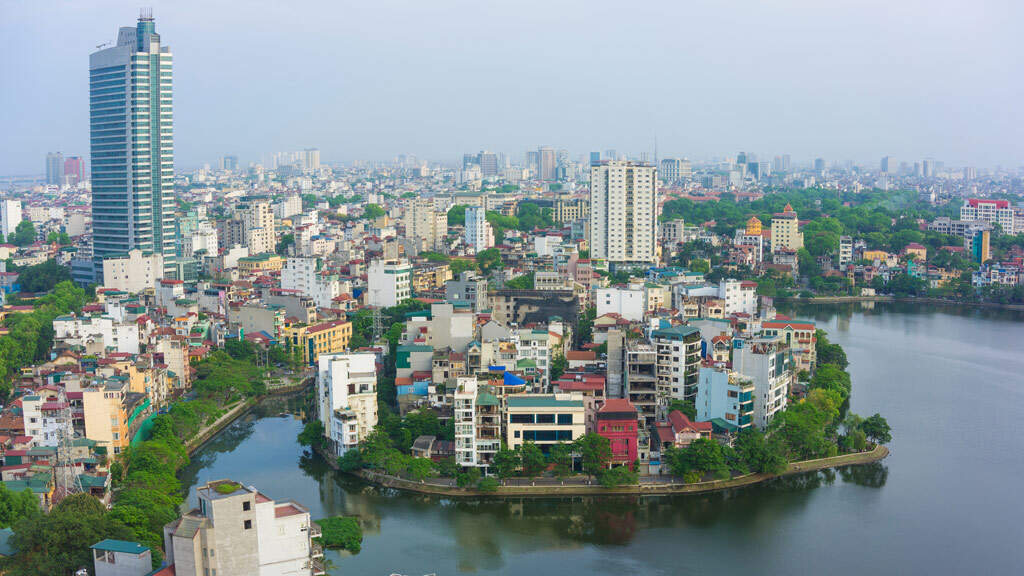Vietnam - A key hub for global trade
Off to South East Asia: In Vietnam, globalization is once again gathering speed.
Jean Cassiot, Managing Director Air & Sea Logistics Vietnam, explains how DACHSER is building bridges from Vietnam to markets in the West and throughout Asia.

Mr. Cassiot, economically speaking, Vietnam is really taking off. In 2016, its exports amounted to just under USD 176 billion, an increase of more than eight percent compared to the previous year. What are the reasons for this upswing?
The country is transforming from a producer of agricultural goods and cheap textiles to an industrial location with high-tech ambitions. What effect will this have?
In Vietnam’s major cities, there is already a thriving middle class that is increasingly interested in high education standards as well as consumer goods. By 2020, the size of this group will have doubled to 33 million people. This also means that there is no shortage of qualified and motivated workers for manufacturers and the retail sector in Vietnam.
How is the country positioned internationally?
For an agricultural and raw materials economy to become an industrial location in just 30 years is certainly a breathtaking accomplishment. It is due primarily to the numerous trade agreements that Vietnam has signed over the past few years, most recently with the European Union (EVFTA). Vietnam is also a member of the Trans-Pacific Partnership (TPP). Once an emerging economy, the country has become a respected middle-income country.
Where is the country headed?
Even though Vietnam also has its share of economic challenges to solve, the conditions are right for further growth. If you take a closer look at Vietnam’s trade partners, it’s clear to see how important the country is, especially for intra-Asian trade. Its top export partner is China, followed by the other ASEAN countries and India. That alone already represents a huge market with over two billion people. In 2016, exports just to China totaled USD 22 billion.
How is DACHSER adjusting to such positive prospects?
I expect Vietnam to become a key hub for global trade. That’s why we want to massively expand our subsidiaries in Hanoi and Ho Chi Minh City as well as our freight capacity. We hope that the government will actually follow through with its plans to improve the ports and infrastructure. That’s the only way for Vietnam to grow.